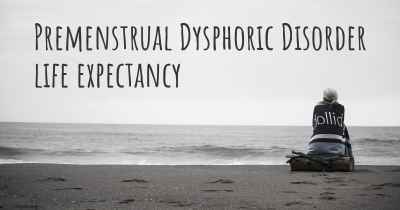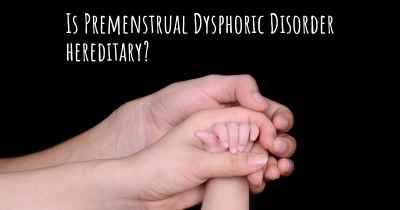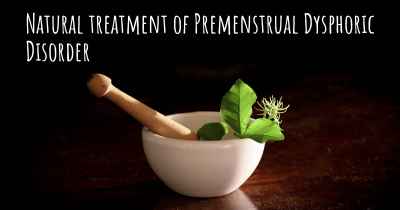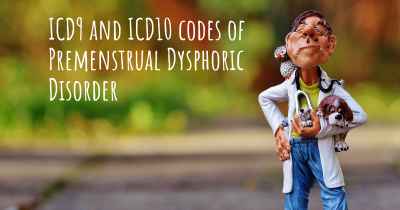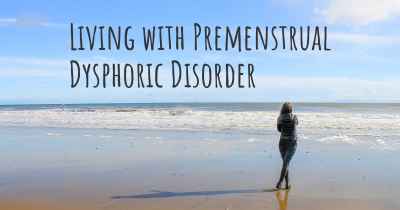Is it advisable to do exercise when affected by Premenstrual Dysphoric Disorder? Which activities would you suggest and how intense should they be?
See if it is advisable for people with Premenstrual Dysphoric Disorder to practice sports and which ones are the most recommended if you have Premenstrual Dysphoric Disorder
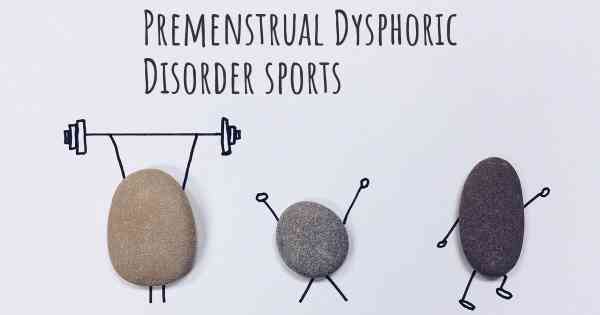
Exercise and Premenstrual Dysphoric Disorder (PMDD)
Premenstrual Dysphoric Disorder (PMDD) is a severe form of premenstrual syndrome (PMS) that affects a small percentage of menstruating individuals. It is characterized by intense physical and emotional symptoms that occur in the week or two before menstruation. These symptoms can significantly impact daily life and overall well-being.
Exercise is often recommended as a natural way to manage PMS symptoms, but when it comes to PMDD, the approach may need to be more cautious and individualized. While exercise can have numerous benefits for mental and physical health, it is important to consider the specific needs and limitations of someone with PMDD.
The Benefits of Exercise for PMDD
Engaging in regular exercise can provide several benefits for individuals with PMDD:
- Mood improvement: Exercise stimulates the release of endorphins, which are natural mood boosters. This can help alleviate feelings of depression, anxiety, and irritability commonly associated with PMDD.
- Stress reduction: Physical activity can help reduce stress levels, which may contribute to PMDD symptoms. It promotes relaxation and improves overall mental well-being.
- Physical symptom relief: Exercise can help alleviate physical symptoms such as bloating, breast tenderness, and fatigue that often accompany PMDD.
- Hormonal balance: Regular exercise can help regulate hormone levels, potentially reducing the severity of PMDD symptoms.
Choosing the Right Activities
When it comes to exercise for PMDD, it is important to choose activities that are enjoyable and sustainable. Here are some suggestions:
- Aerobic exercises: Activities like brisk walking, jogging, cycling, or dancing can help elevate heart rate and improve cardiovascular fitness. Aim for at least 150 minutes of moderate-intensity aerobic exercise per week.
- Yoga: Practicing yoga can help reduce stress, improve flexibility, and promote relaxation. It also focuses on deep breathing, which can have a calming effect on the mind and body.
- Pilates: Pilates exercises focus on core strength, flexibility, and body awareness. It can help improve posture, relieve muscle tension, and enhance overall body control.
- Swimming: Swimming is a low-impact exercise that provides a full-body workout. It is gentle on the joints and can help improve mood and reduce stress.
Exercise Intensity and Duration
The intensity and duration of exercise for PMDD should be individualized based on personal fitness levels and symptom severity. It is important to listen to your body and not push yourself beyond your limits. Here are some general guidelines:
- Start slowly: If you are new to exercise or experiencing severe PMDD symptoms, start with low-intensity activities and gradually increase the duration and intensity over time.
- Monitor symptoms: Pay attention to how your body responds to exercise. If you notice increased fatigue or worsening of symptoms, consider reducing the intensity or taking a rest day.
- Be consistent: Aim for regular exercise throughout the month, not just during the premenstrual phase. Consistency is key to reaping the long-term benefits of exercise for PMDD.
- Seek professional guidance: If you are unsure about the appropriate exercise intensity or have specific concerns, consult with a healthcare professional or a certified fitness trainer who has experience working with individuals with PMDD.
Additional Considerations
While exercise can be beneficial for managing PMDD, it is important to remember that it is not a standalone treatment. It should be combined with other strategies such as a healthy diet, stress management techniques, and, in some cases, medication or therapy. It is also crucial to prioritize self-care and listen to your body's needs.
If your PMDD symptoms are severe and significantly impacting your daily life, it is essential to seek professional help. A healthcare provider can provide a proper diagnosis and recommend appropriate treatment options tailored to your specific needs.
Posted Mar 2, 2017 by Kristina 1145
Posted Mar 23, 2017 by HP 750
I recommend walking, swimming or any exercise you feel comfortable with. It definitely helps, but when your in that mood and you don't know how exercise helps, it makes you more depressed at the thought. This should be promoted more for pmdd
Posted Apr 11, 2017 by Rachel 850
Posted Apr 12, 2017 by Maribel 1000
Posted May 16, 2017 by Kristie 1125
Posted Jul 24, 2017 by Limerencia 2070
Posted Aug 3, 2017 by Lynda Pickett 700
Posted Sep 10, 2017 by son678 2000
Posted Oct 22, 2017 by Deanna 2550
In this article, I will describe an exercise I came up with after reading various texts and trying out different techniques. Give it a go, and see if you can experience the calming effects, too.
https://hubpages.com/@violet-femme
Posted Aug 9, 2018 by April 3000
